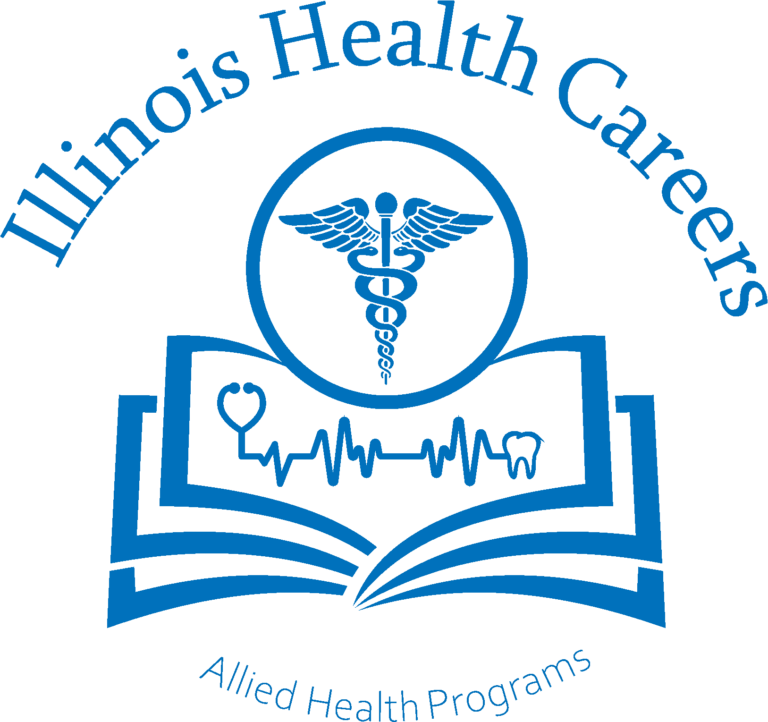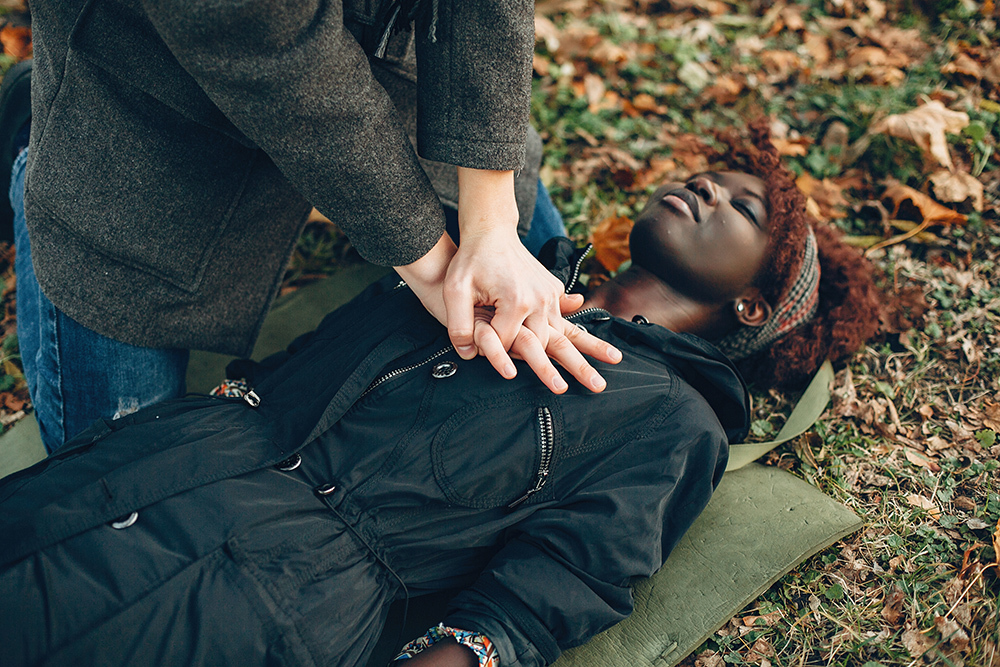When to Give CPR
You should do CPR when an adult isn’t breathing at all. For kids or babies, do CPR when they’re not breathing like they should. Always do CPR if the adult or child doesn’t respond when you talk to them or tap them.
If someone’s not breathing, doing CPR helps get oxygen-rich blood to their brain. This is super important because, without oxygen, a person can get serious brain damage or even die in less than 8 minutes.
- a heart attack or cardiac arrest
- choking
- a car accident
- almost drowning
- suffocation
- poisoning
- taking too much drugs or alcohol
- breathing in smoke
- getting electrocuted
- when there’s a suspicion of sudden infant death syndrome
Before Giving CPR
First, check the scene and the person. Make sure the place is safe, tap the person on the shoulder to check if they’re okay, and see if they’re breathing normally.
Promptly dial 911 for help if there is no response. If the person fails to acknowledge your inquiries, take the initiative to call 911 yourself or enlist the aid of someone nearby.
If the person remains unresponsive, it’s time to start hands-only CPR. This involves pressing forcefully and rapidly in the center of the chest.
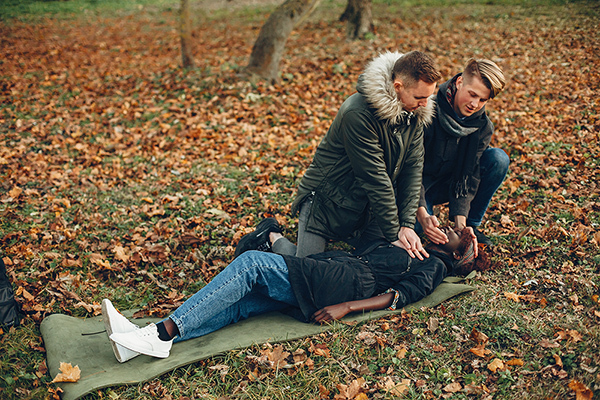
What is Hands-Only CPR
Hands-Only CPR is a life-saving technique recommended by the American Heart Association (AHA) is especially applicable in various settings such as homes, workplaces, or public spaces. Hands-only CPR involves delivering continuous chest compressions without incorporating rescue breaths, making it accessible to individuals who may be hesitant or unable to provide breaths but are still willing to help.
Hands-on CPR involves firm and rapid application of pressure to the center of the victim’s chest. The primary objective is to keep blood circulating through the body until professional help, like paramedics, arrives to administer more advanced life support.
It’s important to note that while hands-only CPR is recommended for adults in cases of out-of-hospital cardiac arrest (OHCA), the AHA still advises traditional CPR with both chest compressions and rescue breaths for infants and children facing OHCA. Additionally, this comprehensive CPR approach is recommended for victims of drowning, drug overdose, or those who collapse due to breathing problems.
Why Should You Learn Hands-Only CPR?
Cardiac arrest, which is caused by an electrical problem in the heart leading to an irregular heartbeat (arrhythmia), can be a major cause of death. It disrupts the blood flow to the brain, lungs, and other organs. In the United States, there are over 350,000 out-of-hospital cardiac arrests assessed by EMS each year.
When someone experiences cardiac arrest, the survival relies on getting CPR right away from someone nearby. According to the American Heart Association, around 90 percent of people facing out-of-hospital cardiac arrests don’t make it. However, if hands only-CPR is administered promptly, it can significantly increase the chances of survival.
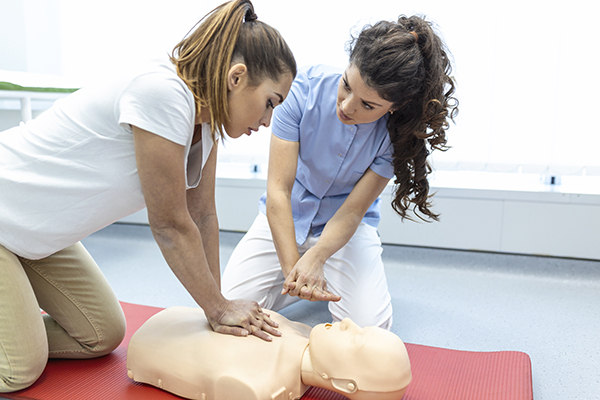
Benefits Of Hands-Only CPR
Hands-Only CPR is a special technique that is all about making a big, positive impact right away. Let’s understand the benefits of Hands-Only CPR and understand how we can step up and save a life when it really counts.
- Increased Survival Chances: Hands-only CPR, even if not executed perfectly, significantly enhances a person’s likelihood of survival during a cardiac emergency.
- Ease of Learning: Compared to traditional CPR, hands-only CPR is faster and easier to learn. Its simplicity makes it more accessible to a broader range of individuals, empowering more people to potentially save lives.
- Pandemic Safety: Hands-only CPR provides a safer approach for bystanders to intervene and assist without the need for mouth-to-mouth breaths especially during a pandemic. This aligns with health and safety guidelines, ensuring that individuals can still make a life-saving impact while minimizing health risks.
Simple Steps of Hands-Only CPR
Here’s a detailed breakdown of the steps for Hands-Only CPR:
- Begin by kneeling next to the person who needs help.
- Use your fingers to locate the spot where the ribs converge at the end of the breastbone.
- Put two fingers at the tip of the breastbone.
- Place the heel of your other hand right above your fingers, choosing the side closest to the person’s face.
- Position your other hand on top, interlace your fingers, and gently lift them so they don’t touch the chest.
- Ensure your arms are straightened, elbows are locked, and shoulders are centered directly over your hands.
- Use both hands to execute hard and fast chest compressions. For individuals aged 1-8 years, use a single hand for compression.
- Apply pressure to the chest, ensuring a depth of at least 2 inches, maintaining a pace of 100-120 beats per minute until professional medical assistance arrives.
Conclusion
In conclusion, the importance of early CPR cannot be overstated. With emergency medical services (EMS) often taking over 5 minutes to arrive, the absence of immediate CPR and defibrillation could mean the difference between life and death for SCA victims.
For those seeking to enhance their preparedness and confidence in intervening during such situations, CPR, AED And First Aid Training Program from Illinois Health Careers can be a game-changer. The course, spanning 4-5 hours, comprehensively covers life-saving skills. Enroll now and be the difference when it matters most!
